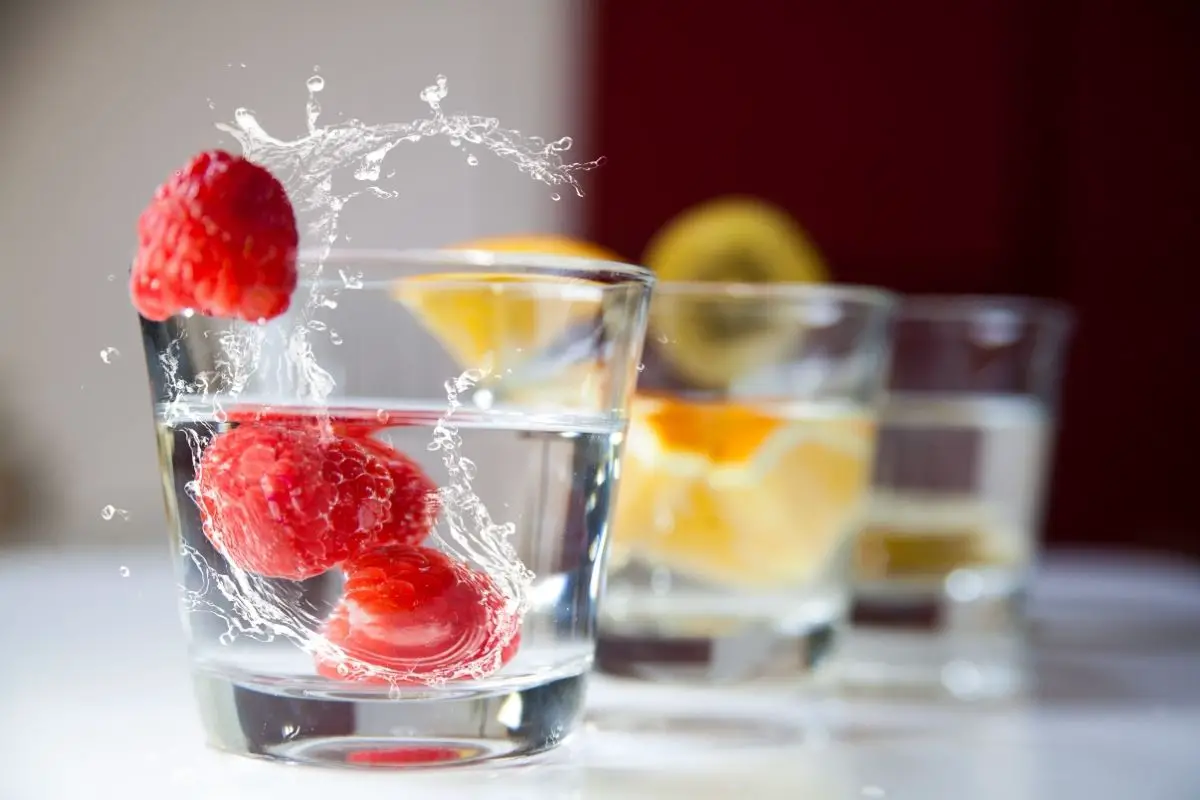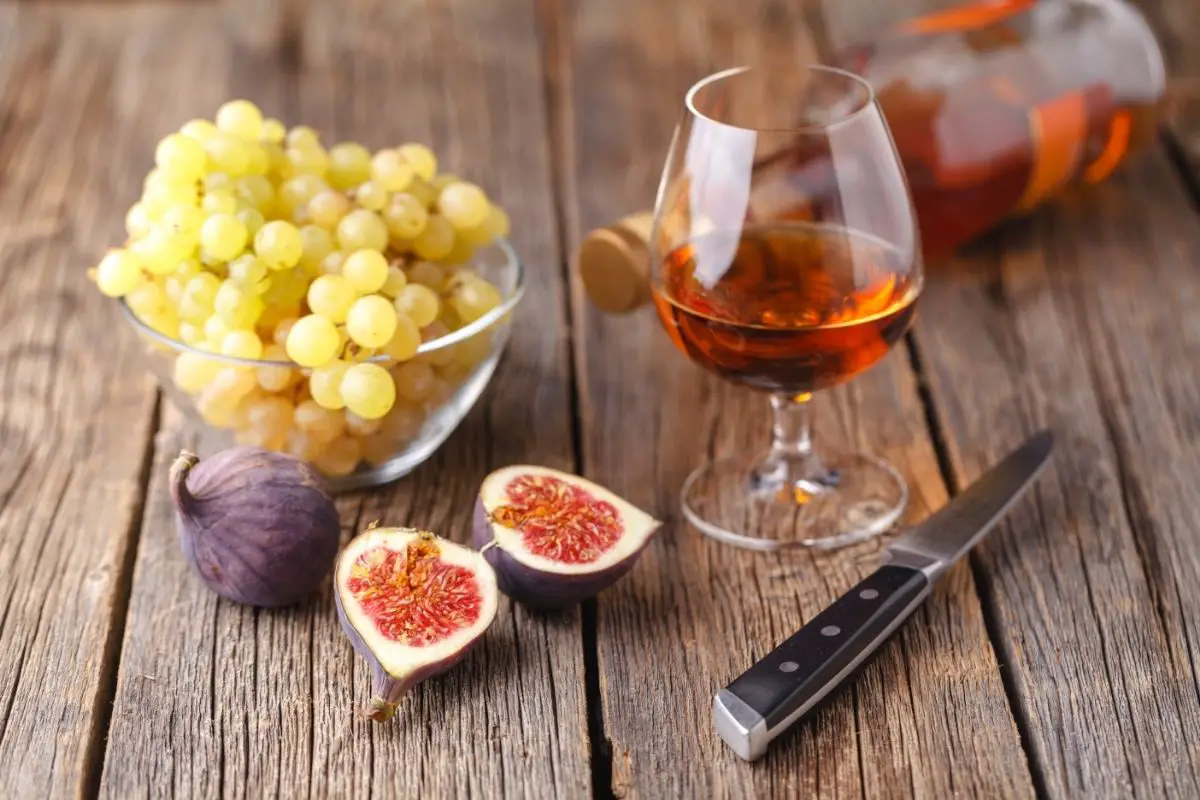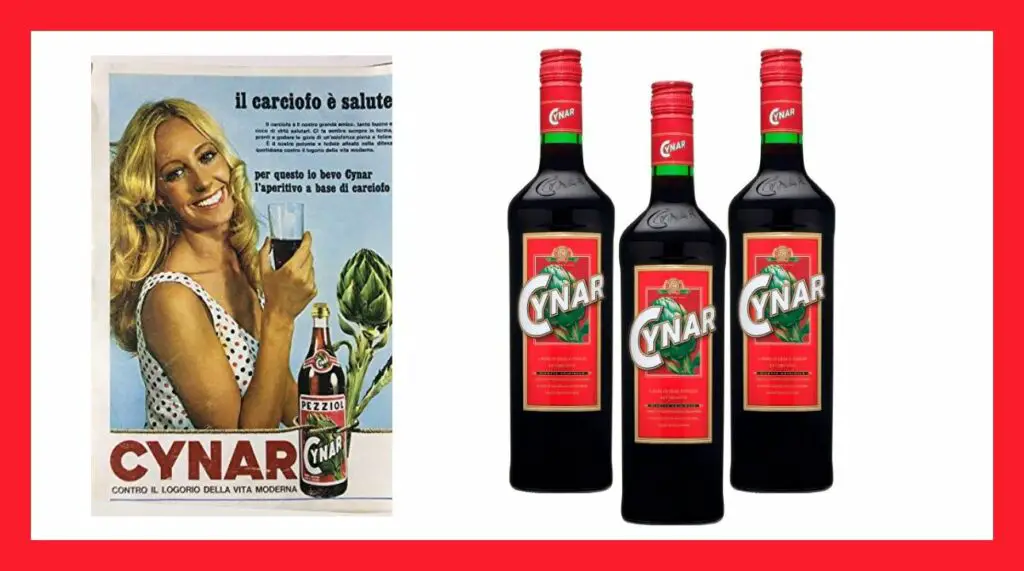We all know that despite our favorite drink sometimes being a refreshing beer or something a bit more artificial, there’s nothing quite like a fruity alcoholic beverage to satisfy our thirst and quench that feeling of dehydration. Because of this, it’s easy to crave something a bit different from time to time.

You’ve probably heard of people around the world often creating their beers and having their brand of brew at home, however, many people want to sometimes create something a bit fruitier and unique. (We’ve even read some people asking about how to make alcohol from fruit in jail!)
Follow the rest of our guide to find out how to make alcohol from fruit and what drinks you can make from it! At the end of the day, this process should be easy for you and allow you to make your drink with any fruit that you prefer.
What Is Fruit Fermentation?
One process that is crucial to making any sort of alcoholic fruit beverage is fermentation.
Because fruit on its own is free of alcoholic content, you need to try and turn this fruit into some sort of alcoholic form, helping you to create your drink and make sure that your alcoholic fruit is ready to go.
Fruit fermentation is when a type of food is prepared involving a conversion process.
By converting sugar compounds in the fruit to alcohol with yeast, you ensure that the fruit in your alcoholic beverage will have an effect and have you sipping an alcoholic drink, rather than a funny tasting fruit juice.
What Happens During Fruit Fermentation?
As we previously mentioned, this is a crucial part of creating fermented fruit alcohol and will need some explaining for people to fully understand it.
Because there are so many natural sugars present in fruit, these sugars are more likely to be consumed by yeast, rather than bacteria. This means that the process will make the fruit ferment, rather than decay.
After yeast starts to grow in surroundings or an environment, the sugar is fully consumed and creates alcohol as a result.
On top of this, it also isn’t uncommon for people to use substances like honey to make alcohol, rather than fruit. The high sugar content makes honey a perfect base for creating drinks like mead.
What Fruits Can Be Made Into Alcohol?

If you’re a big fan of alcoholic drinks using fruits, then you can probably guess what fruits are involved in popular alcoholic drinks around the world.
However, for those of you that don’t know, there are a lot of fruits that are more popular than others when it comes to creating alcohol from fruits.
Grapes have to be the most popular fruit to use when making alcoholic drinks. There’s nothing quite like a fine wine. Grapes are used to make wine and historically can be considered one of the most popular alcoholic drinks in the world. However, they aren’t for everyone.
Apples and pears are fairly similar forms of fruit and are great for creating some of the world’s most thirst-quenching ciders. Plum wine is another popular drink in some parts of the globe.
Because of their sweet yet surprisingly dry content, ciders have been a constant alternative to beer for hundreds of years.
Moving away from drinking, apricots and plums are also very popular when it comes to creating alcohol from fruit. These are usually seen more in the world of desserts, rather than drinking.
They can often be turned into chutneys and jams, creating a sweet finish to a lot of dessert dishes. Their juices are often seen in alcoholic drinks, however!
Also worth mentioning in passing… you can make a similar beverage from some vegetables, too, such as a traditional artichoke Italian digestivo.

How To Make Alcohol From Fruit
Although it might seem like a bit of a daunting process at first, it’s not as complicated as your first might think.
We’ll look into a short step-by-step process that will allow you to create alcoholic fermentation of fruits and vegetables with relative ease.
Step 1 – Fruit In A Bucket
We can’t stress enough that your bucket needs to be sanitized to avoid bacteria as much as possible. This makes sure that your fruit will be ready and safe to drink. Fill this bucket with your preferred fruit choice and some sugar.
The ratio should be 1:1, using weight to determine the ratio and make sure that there is enough sugar inside of the bucket to ferment the fruit.
Step 2 – Add Boiling Water
From here, you’ll want to add boiling water and make sure that it covers both the sugar and the fruit. Keep an eye on this and keep a thermometer of some kind close by so that you can monitor the bucket.
Once the mixture gets down to about 70 degrees Fahrenheit, you’ll want to add a quarter teaspoon of yeast. However, you can add more depending on the quantity of fruit and sugar you’ve used.
The more fruit and sugar, the more yeast you’re likely to need.
Mix it all and then secure the top of the bucket using a lid or a cap. Close it loosely and the fruit will start to ferment after a day or so. Stir once a day for the best results!
Step 3 – Leave to Ferment And Then Drain
This is the easy part! You’ll want to leave this mixture for around a week and keep checking on it every so often.
Fermentation happens over time and will be one of those processes that require a lot of patience.
After about a week, use a strainer to filter the liquid into another bucket and secure it as close to airtight as you can.
Taste it as the days go on and when it tastes just right, you can bottle it up and have it ready for drinking!
Conclusion – Make Alcohol From Fruit
That’s our three-step guide to creating your alcohol from fruit. It’s not as hard as it may have seemed at first, however, it does require a lot of time and patience. But at least now you know how to ferment fruits and vegetables.
Keep experimenting until you enjoy the taste so that you’d be happy drinking this alcoholic drink, and perhaps share (a bit) with your friends.
- Vevor Still Instructions - June 12, 2023
- Best Proofing Parrots For Home Distilling - February 1, 2023
- What Is A Porter Beer? - June 12, 2022
